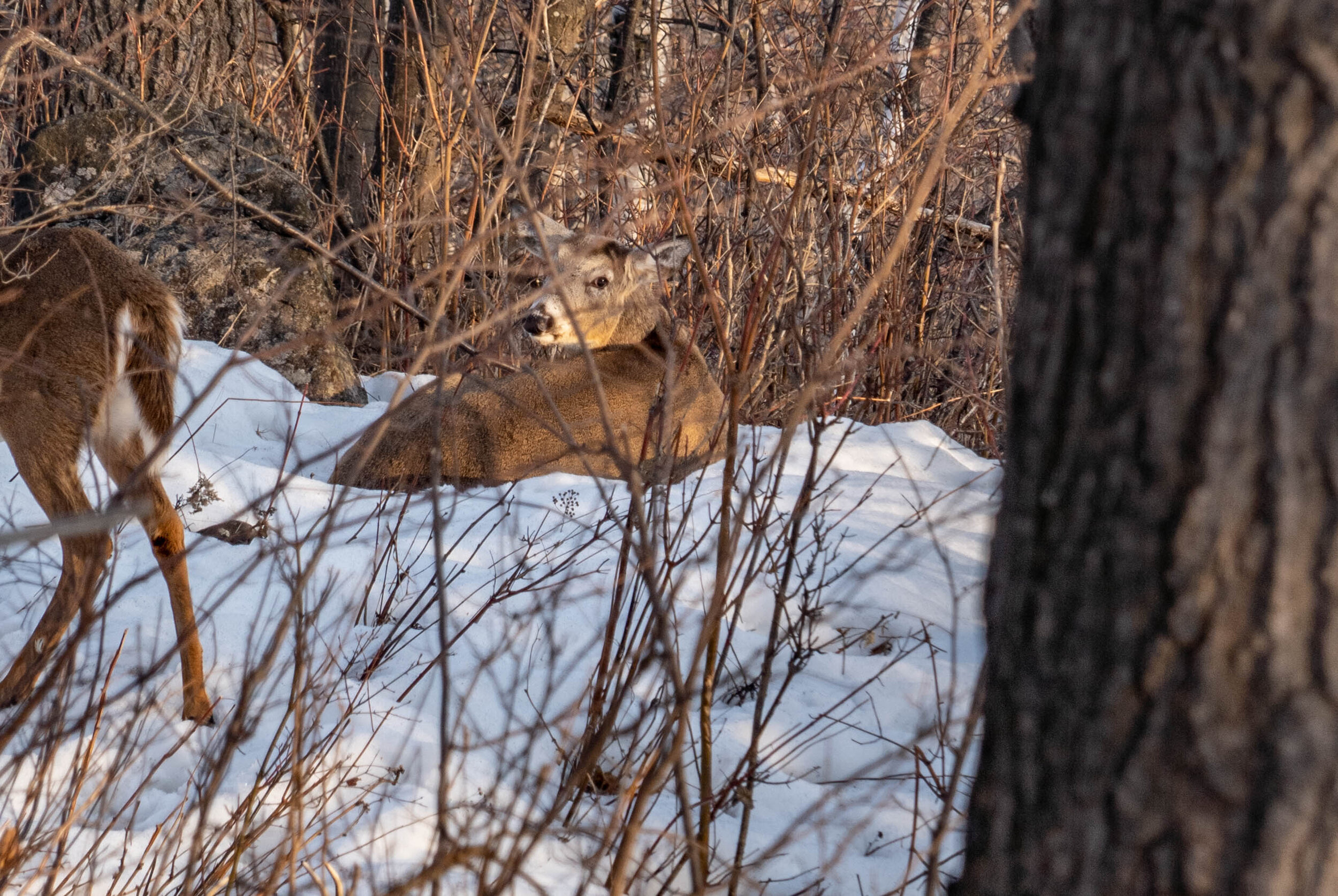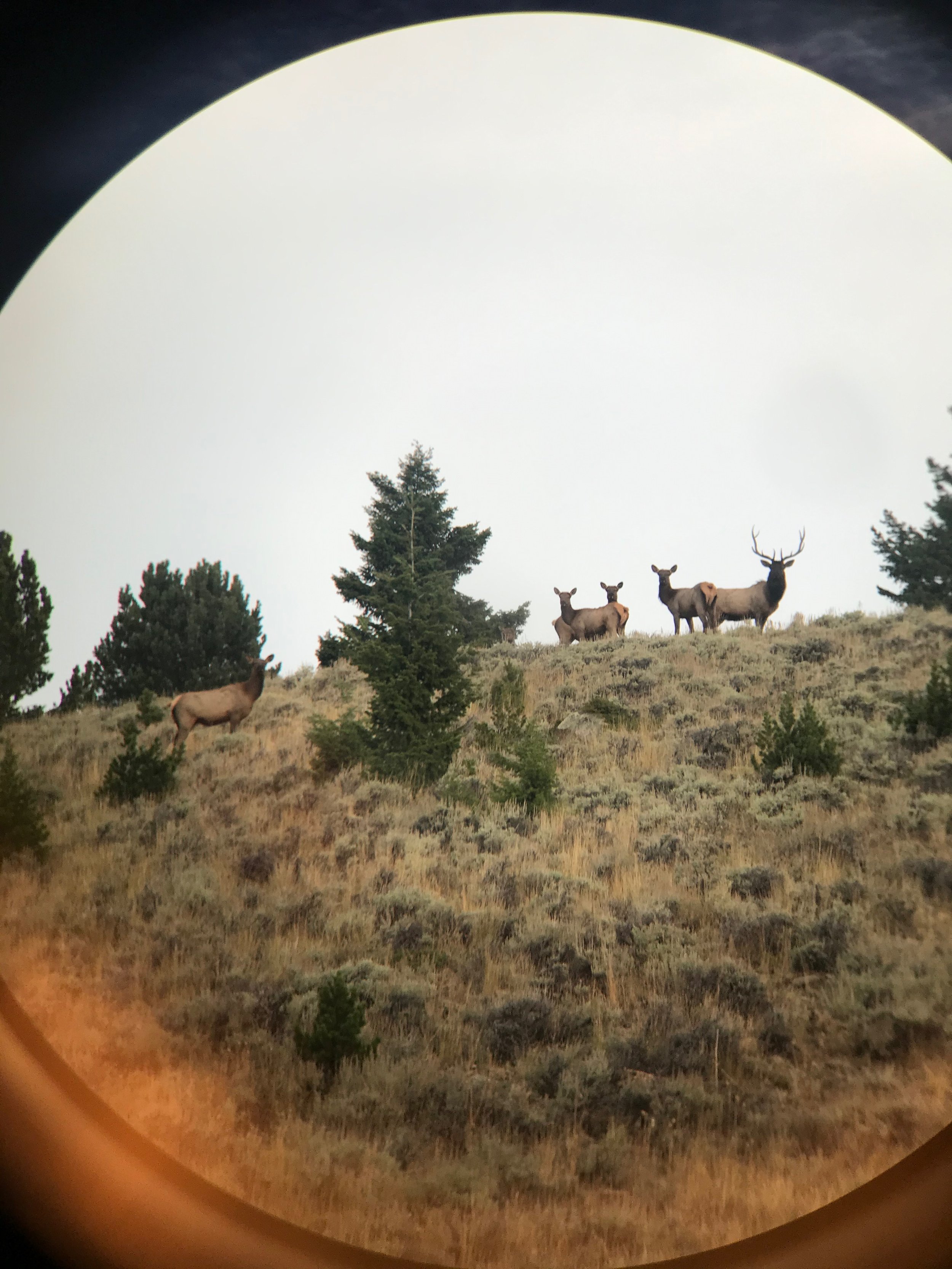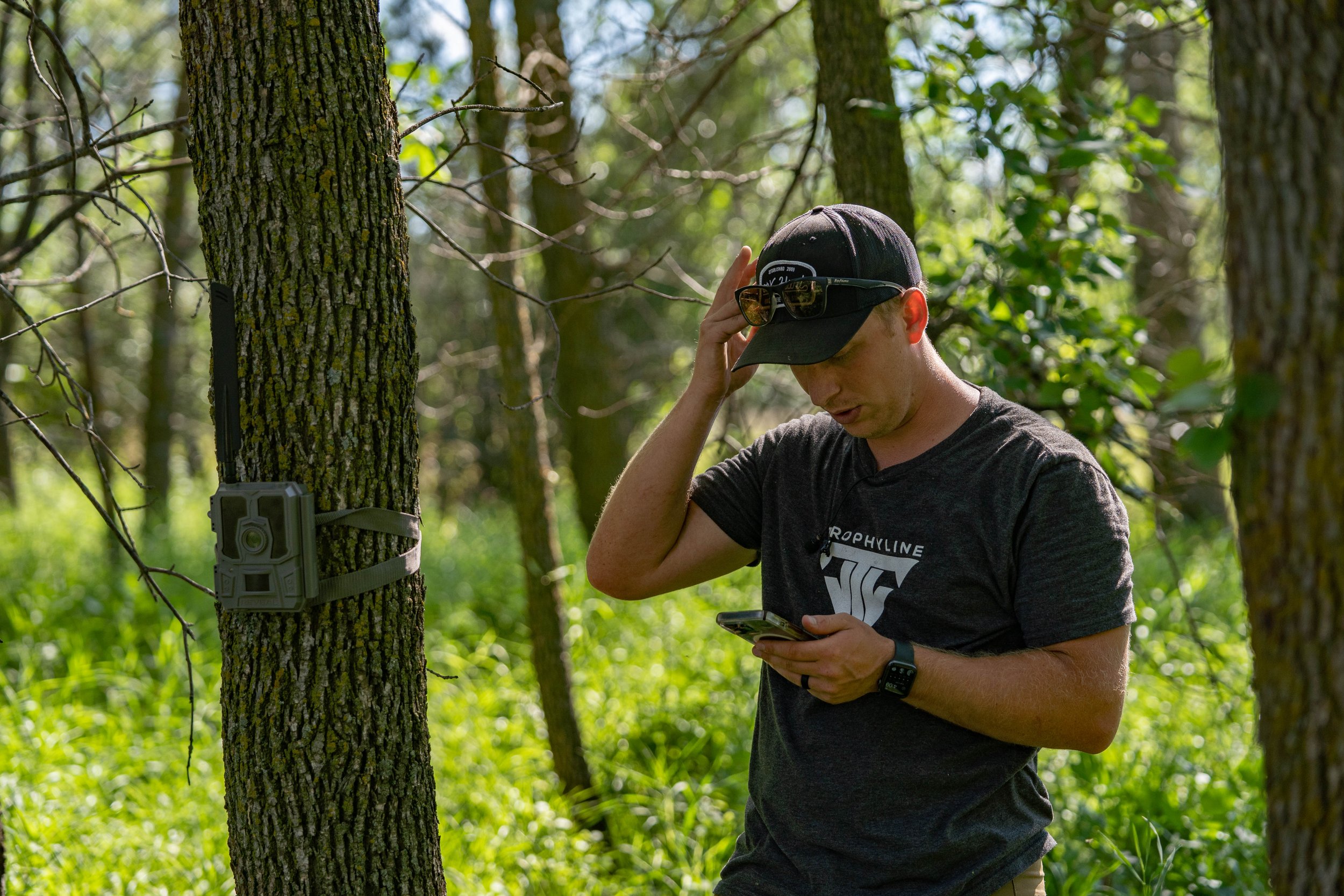By Alex Comstock
March and April make for two of the best months of the year to scout for whitetails. The timber looks like it does in the fall for the most part, you can easily pick up on sign, and if there’s ever a time to be in the deer woods trying to figure things out, it’s in the spring. But, when it comes to spring scouting, you need to be careful of a few things, and understand what the sign actually means. Today, I’m going to cover how to really understand spring scouting, things you should be looking for and what those “things” actually mean.
Read The Sign
The first step of understanding spring scouting is to be able to read the sign. There are a litany of things to look for, and in this article we’ll briefly cover what you should be looking for. After covering what kind of sign you should be looking for, we’ll then dive into how to analyze it.
To start, rubs and scrapes are always an exciting thing to be finding, and rightfully so. Especially when you come across big rubs and scrapes. Be sure to keep note of where these are as once you start to analyze all the sign, these will most definitely play a part of the equation. Next, keep your eyes on heavily used trails, where they intersect and where it seems multiple trails come together. If you can find spots where 3, 4, or even 5 trails come together, I make sure to make note of these spots. Another major key when spending time scouting in the spring is locating bedding areas and even specific beds. During the spring, you’re able to see worn down beds, and it’s the best time of year to identify these areas. If you suspect certain spots to be bedding areas, during the spring is the time to check them out. There are plenty of other things to be thinking about when it comes to spring scouting, and I could write a long form piece on just what to look for. Before I dive into the meat of this post and how to analyze all the information you find, I’ll drop a couple links below to other spring scouting pieces I’ve published in the past.
Spring is the best time of year to find things such as bedding areas.
Analyze The Sign
This is the part of spring scouting that I feel people sometimes miss or don’t apply. Here’s a quick scenario, and why it’s not how you should approach things.
You head into a new spot and immediately notice it’s littered with rubs and scrapes. It’s a river bottom spot with no crops around. But, the amount of sign on this piece is crazy. Giant trails, big time funnels and it looks amazing. You come back within a couple weeks and hang a couple stands and you’re banking on it being your go-to spot come opening day the following fall. You run trail cameras all summer and notice there’s not a ton of activity, and that stays the same way into the first part of fall. You’re perplexed as there was so much sign in the spring, but now it seems like the dead sea. So what’s the deal?
Don’t just take the sign you find for face value, really start to analyze why certain sign is where it is.
When you head into a spot to scout in the spring, it’s so so so important to not only understand what you’re seeing, but to then analyze it and understand how it applies to where you’re at, and what time of year the sign is being laid down that you’re seeing. For example, let’s go back to our scenario I described in the paragraph above. If you go into a spot like this, see all this great looking buck sign and trails, but notice there’s no good bedding areas or food around, you immediately should be starting to think it’s probably a good rut property. Don’t bank on that being a good spot to hunt early in the year just because there was a bunch of buck sign. You want to analyze the full picture.
Another example would be if you head into an area that’s loaded with sign, there’s a ton of bedding, a few rubs, etc. I’m going to try and figure out right away why there was a ton of deer in the area the past year. Things you should be asking yourself are what food sources are nearby, are there mast trees, what will be the same the following year? If this certain spot in near oak trees, odds are they were dropping acorns. Keep note of that. If those oaks aren’t dropping acorns the following fall, that spot might not be as good.
What your analyzation ultimately comes down to is understanding not just how everything comes together, but then to take it a step further and ask yourself how things work on a yearly basis. What will change when the crops rotate, etc.? These are all things you need to analyze that will most definitely help you come fall.
Conclusion
So, this spring when you’re out scouting, don’t just take things for face value. Really take it to the next level and understand why certain sign is where it is. Look at all of the factors that could play into what leads to the sign being where it is. The more you analyze why sign is where it is, the better off you’ll be come fall.


































